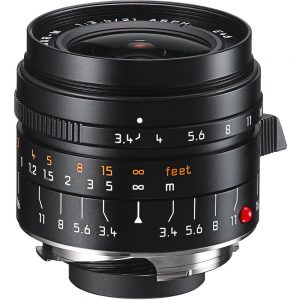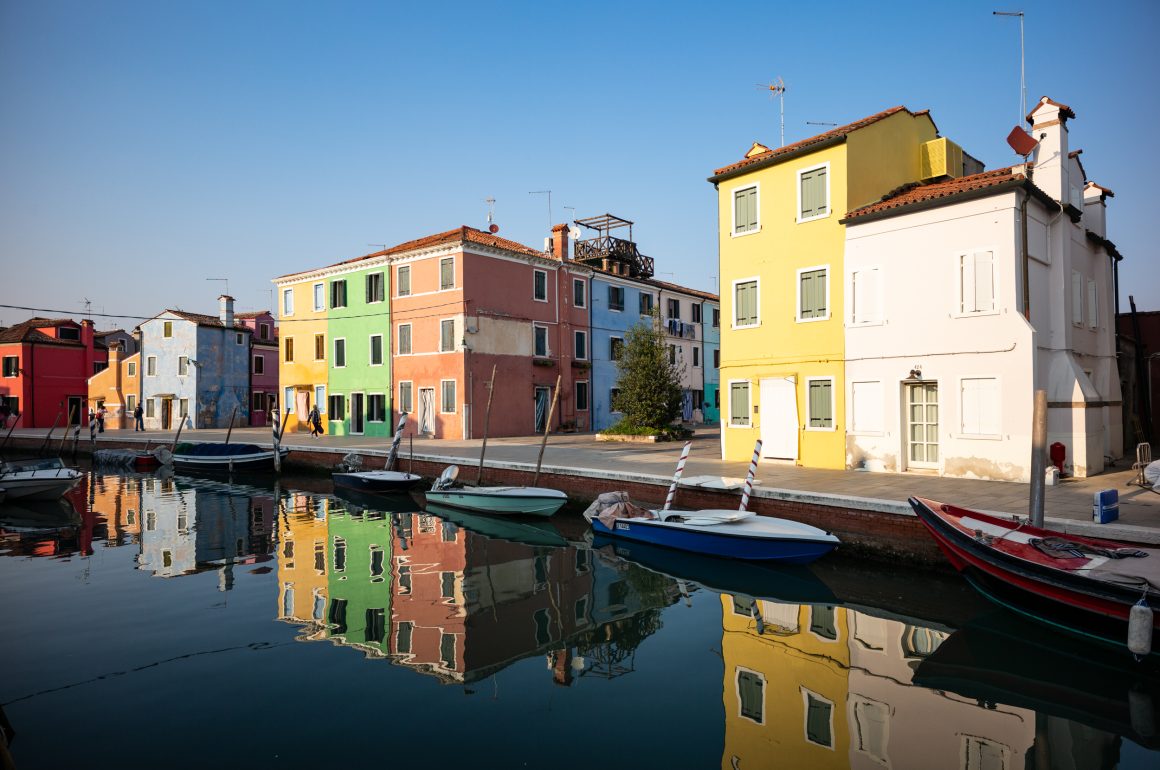REVIEW – LEICA 21mm SUPER ELMAR

When I purchased my first Leica M camera almost two years ago (2015), it was certainly not a decision that I made lightly. Leica is a brand that is both compassionately loved for quality and heritage and notoriously hated for its polarizing prices. I am defiantly not a rich dentist or surprise beneficiary of the lotto / dead relatives, so I had to really consider and research my decision to buy into the Leica M system.
My article on the Leica M explains in greater detail the factors that ultimately amounted to my switching from a very happy Canon and Fuji photographer (and both are still fantastic systems) to Leica, but to offer a quick recap, the two main reasons were:
-
The want of a more analog feeling to my hobby. I spend all day looking at screens in my job and I wanted to get away from that. The lack of an EVF, manual focus lenses with a menu system that I don’t have to touch and physical controls and dials was very refreshing with the M. All of this without giving up the convenience of digital over film.
-
The incredible lenses. When searching online I continually found myself drawn to images taken with Leica lenses. They have a way of capturing the light that to me, has a more artistic and cinematic feeling yet still retaining an incredible amount of detail and micro contrast.
Released in 2011 as a replacement of the Super Angolon 21mm f3.4 , the Super Elmar ASPH f3.4 was a lens I initially discounted as an option due to its slow aperture. But when I purchased my camera from Ken Hansen, the amazing Leica dealer in New York, he highly recommended the lens over some of the more expensive options I was considering. Ken insisted this was one of the greatest wide angle lenses ever made; incredibly sharp with very little distortion. He even told me if I didn’t like it to just send it back once I had used it! Its for this reason Ken is the biggest dealer of Leica gear in the US without even having a store or website! His service is amazing.
As your would come to expect with a $2895.00 lens, the build quality is fantastic. It’s all metal construction makes it very solid to the touch and includes depth of field and distance markings engraved and painted on the barrel. Size wise it is very comfortable on the front of the M, but does block some of the viewfinder. This however is not really an issue as you will most likely be using an external finder for compose the shots due to its wide angle.
It’s of the same quality both in build and color, contrast and amazing sharpness as the Leica 35mm Summilux 1.4 FLE lens. Its really that good!
The lens is very easy to focus with the tab and is well suited to zone focusing allowing you to concentrate on just getting your composition and exposure right. Its extreamly sharp in the center all the way to the corners. This seems to be case both wide open at f3.4 and stopped down. It’s at its optical peak around f5.6, but I don’t hesitate using it at f3.4 indoors. I am totally blown away by how sharp the image is across the entire frame! Photos printed from this lens look amazing.
There is some chromic abberation on this lens. At f3.4 when shooting a dark object in front of a bright background I have had instances of purple fringing. It is very minor though and easy to remove in Lightroom.
This is not a lens for bokeh lovers, it has so much depth of field with its slower aperture. You really have to shoot something very close (0.7 meters is the minimum focusing distance) with a background much further off to get any kind of background blur. But for landscapes and urban city style photography which this lens is suited, users are probably not looking to push the limits here in terms of bokeh, and Leica has the 21mm Summulix for that specific purpose.
Leica does mention there is some level of distortion with this lens. Like any super wide angle lens, there will be some degree of slanting. But for landscapes purposes there is virtually no barrel distortion and its very easy to keep straight horizon lines in your photos. Urban shots looking up at buildings will cause lines to taper inwards, but this done right can have a very dramatic effect which I personally love.
So whats not to love about this lens? Well for me, two things actually. The first is not so much the lens, but the nature of shooting wide angle on the Leica M. The maximum frame lines displayed in the viewfinder on the M is 28mm, so to properly compose and frame the lens you require an external view finder or use the rear screen and live view on the camera.
I have the EVF2 for the Leica M240 and it leaves a lot to be desired compared to other electronic view finders on almost all other current digital cameras. It does do the trick through and with the focus peaking makes it very easy to focus, frame and check exposure of your shot. I tend to use this lens a lot on a tripod shooting landscapes, so I like to use the rear screen and live view with this lens which works great.
As a third option, you could also look at an optical view finder for the 21mm. Leica has one as does Zeiss. For the price, the Zeiss finder is great.
The other draw back is the slow aperture. Even though I have touted the f3.4 as being great for landscapes, and it is since often the camera will be on a tripod, this is normally not a problem. I have occasionally wanted something faster for when shooing dark interiors. I have ended up having to push the ISO higher than I have liked thus introducing more noise or shoot with very low shutter speeds causing some missed images due to shake. With the Leica M10 or this lens on a Sony this would be less of a problem than the M240 due to their better high ISO / noise capabilities.
The biggest help to me though when researching and purchasing a lens is the images you can take with it. All of these images have been post-processed to my liking. I’m sure there are other sites that show unprocessed, raw images from this lens, but for me, I will always do some level of processing, so I would prefer to see images taken and processed to help make my buying decision.

CONCLUSION:
This lens is fantastic and hands down one of the best wide angle lenses on the market in terms of little distortion, color, edge-to-edge sharpness and build quality. Its small, light weight which is great for travel and I tend to throw it in my bag ‘just in case’ since its such a little addition to carry. I always end up blown away by the quality of the files I get with this lens and have been making a point of using it even more recently. If you want the best ultra wide Leica lens ever made and don’t require a fast aperture, this is the lens for you.
WHERE TO BUY?
There are a number of places I would highly recommend for purchasing your Leica M. The local Leica gallery stores are great if you have one in your city, but my main choice when buying anything Leica is Ken Hansen.
Ken Hansen:
Leica Dealer in New York (no tax!) who is a legend. He is the biggest seller of Leica gear in the US and has no store or website – just great service.
Email: khpny19@aol.com
B&H Photo:
A massive store and online presence with a great return policy if anything goes wrong and free shipping.
Amazon:
So easy to deal with, free shipping with Prime and great return policy.
























